You would think the best gaming monitor for your gaming PC is just the most expensive or feature-rich one on the market. However, that’s n...
You would think the best gaming monitor for your gaming PC is just the most expensive or feature-rich one on the market. However, that’s not exactly the case. To start, not all games or gamers need the same thing. Just like peripherals such as gaming headsets, gaming keyboards and gaming mice, the most ideal one depends greatly on your needs.
For example, a 4K monitor might be perfect for you if you like to explore the depths of vast open-world games whereas a fast display with speedy refresh rates is better suited for competitive gamers. No matter which way you go, a fantastic display for gaming will greatly improve your gaming experience and help you see the true potential of that Nvidia RTX 3000 series GPU that’s powering your PC. Many of these displays also come with higher resolutions, faster refresh rates, a wide aspect ratio, and sometimes even curvature.
A high-quality monitor in 2021 is the only way to go for your gaming needs, whether you’re diving into the best PC games or saving some money with free PC games. It’s worth the upgrade no matter if it’s for a flagship PC, for the new PS 5, or your Xbox Series X. Check out our picks alongside our price comparison tool to score a great gaming monitor deal.
- These are the best PC gaming headsets
- These are our top picks for the best laptops
- Save money and check out the best free PC games
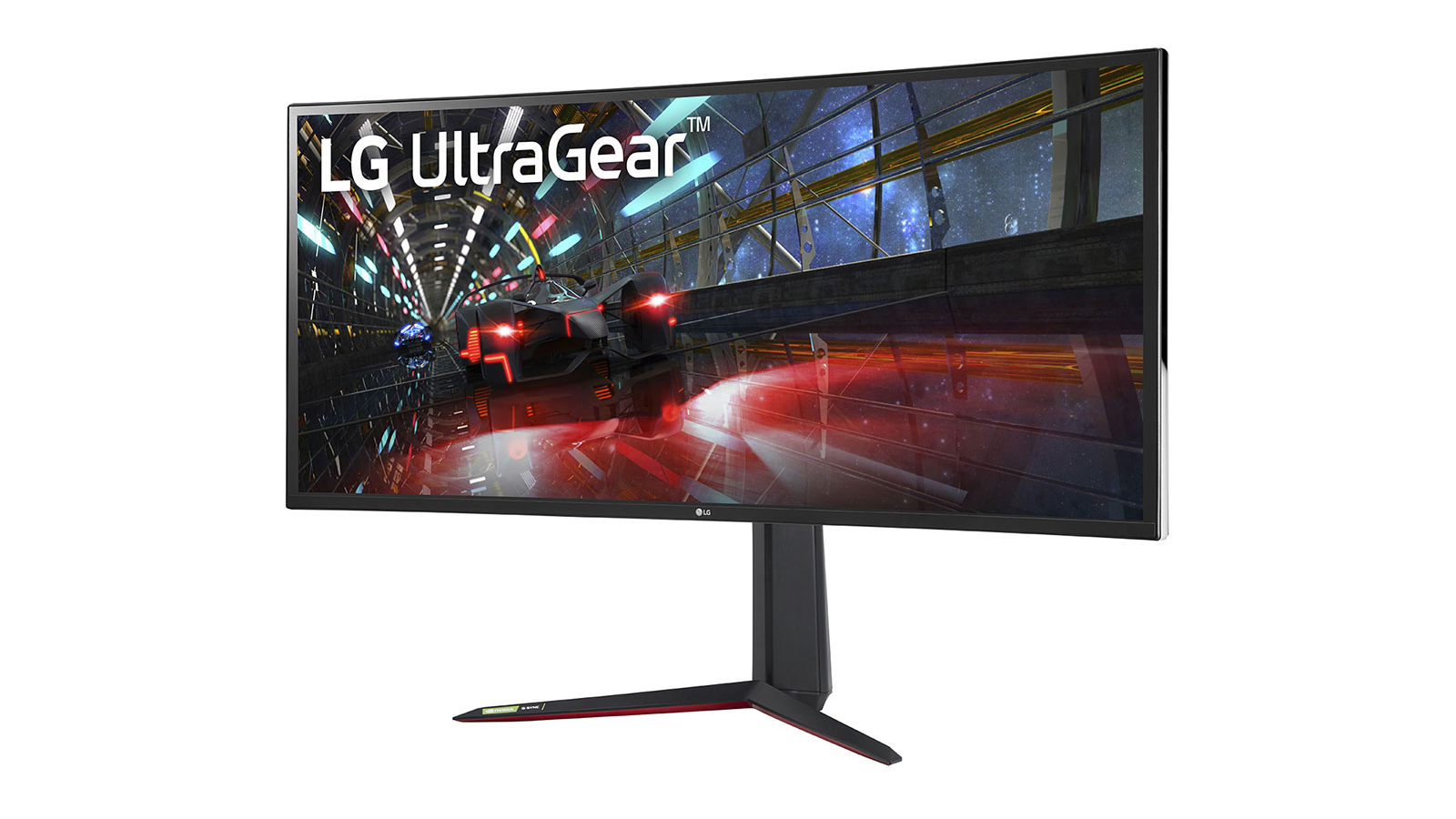
It’s hard not to be impressed by the LG UltraGear 38GN950. If you’re looking for the ultimate gaming monitor, this is certainly the one to beat, with a 144Hz refresh rate that can be easily overclocked to 160Hz, 1ms response time, spectacular image quality, and many other gaming features like G-Sync, an ultra-wide aspect ratio and DisplayHDR 600. If you’re serious about gaming and want lots of screen real estate, then this is the best gaming monitor to get – if you can afford it, that is.
Read the full review: LG UltraGear 38GN950
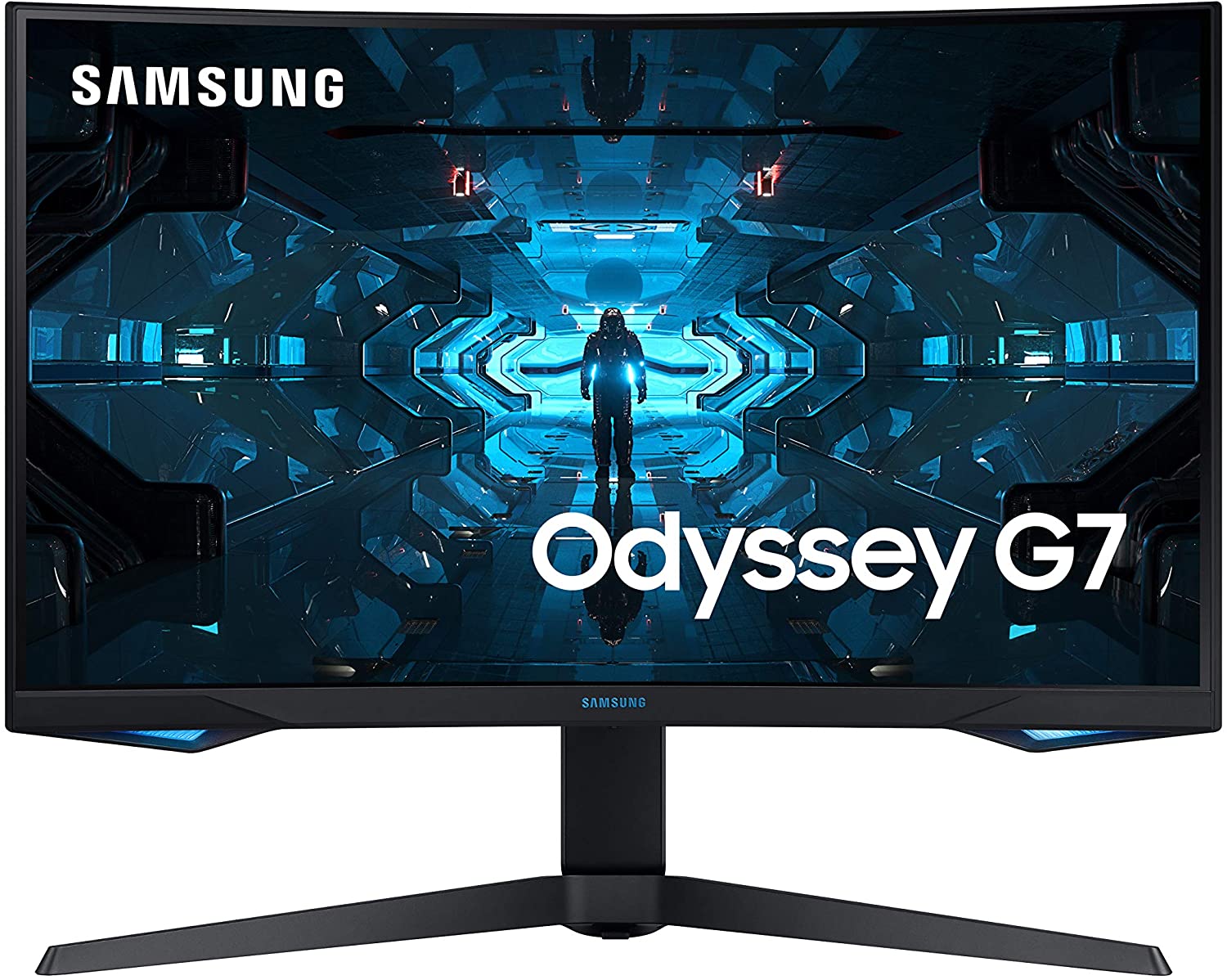
The best gaming monitors typically fall into two camps: fast refresh rate or high resolution. But, they almost never do both. With the Samsung Odyssey, that’s not the case. It manages to pack a 1440p resolution in the same display as a 240Hz refresh rate as well as excellent HDR, making this an ideal choice for any gamer that likes to play Esports one day and jump into an immersive open-world game the next. It’s not perfect as it does take some work getting it up and running, but the Samsung Odyssey G7 is an ideal choice for gamers who have some variety in their gaming libraries.
Read the full review: Samsung Odyssey G7
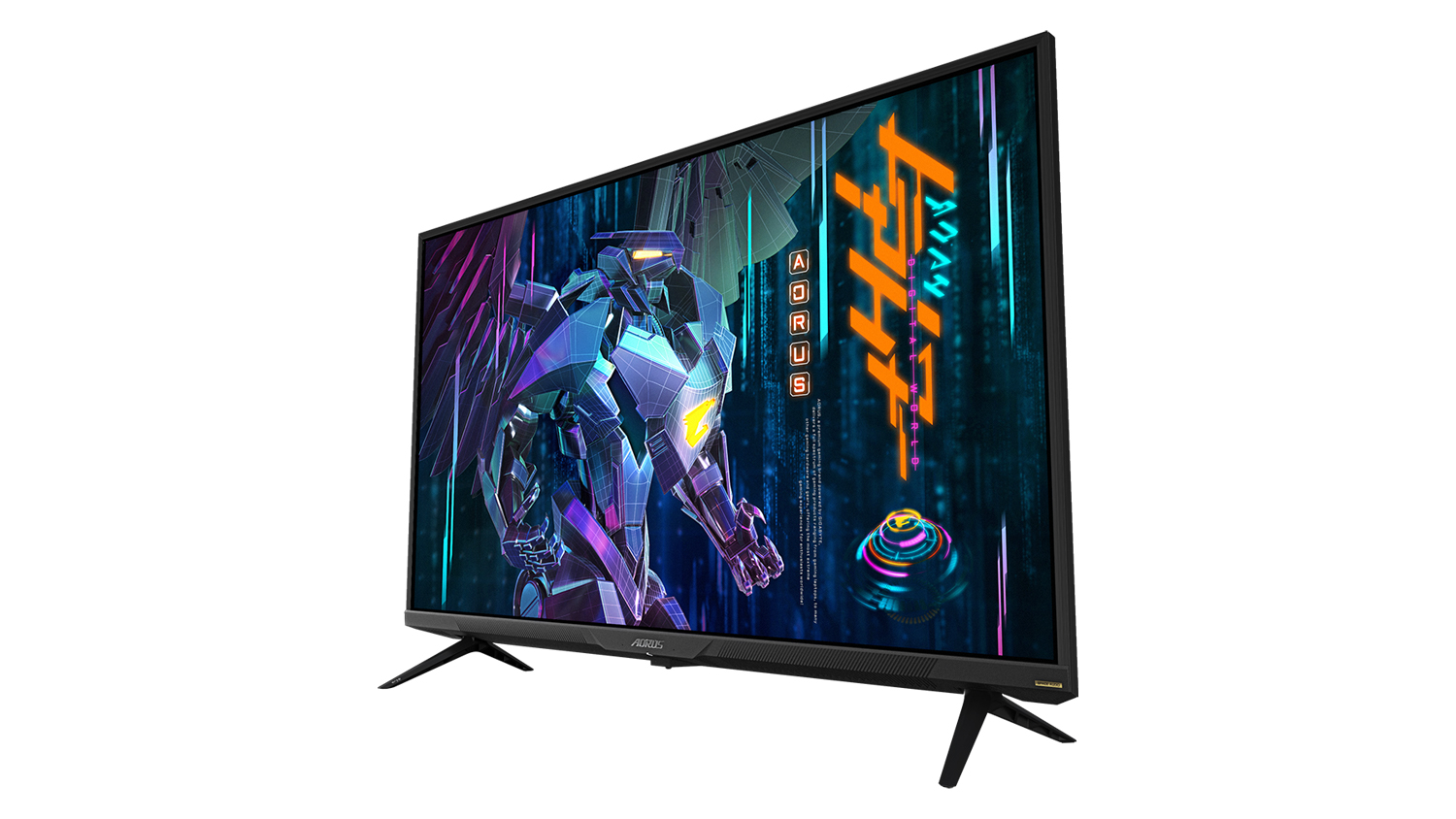
A 43-inch display may be too big for many users, but it might just be what you need if you’re a competitive gamer. That 4K QD goodness offers better technical performance than a big-screen TV, and it comes with everything you need from a gaming monitor. That fast refresh rate, matte screen and gaming-optimized settings, as well as that 1,000 nits of brightness, makes it among the best gaming monitors right now. Unlike other monitors, it comes with a great set of speakers too. Plus, it can moonlight as a TV set too if you don’t have enough space for two displays.
Read the full review: Gigabyte Aorus FV43U
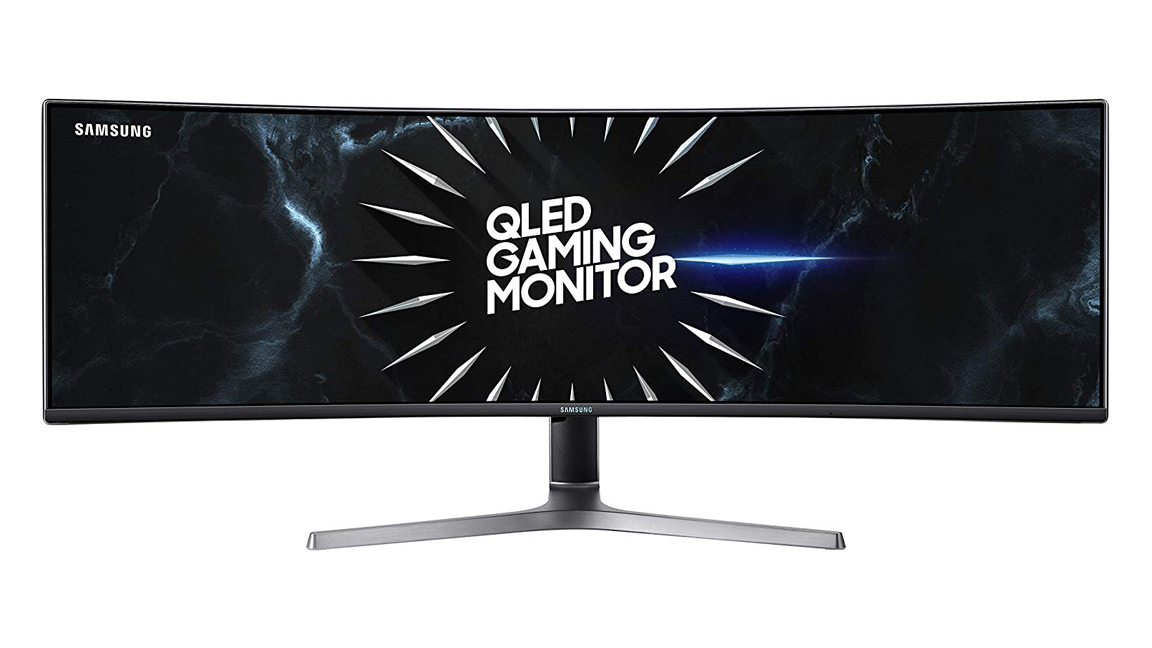
It may be very expensive and requires a killer gaming PC setup to run, but the Samsung CRG9 is completely worth it if you’ve got the extra cash laying around. This bigger-than-average 49-incher boasts bezels thinner than most gaming monitors and a picture by picture mode feature that lets you use two different inputs, simulating a dual monitor setup in a single monitor. And, that’s without mentioning that the Samsung CRG9 produces an out-of-this-world image right out of the box.
Read the full review: Samsung CRG9
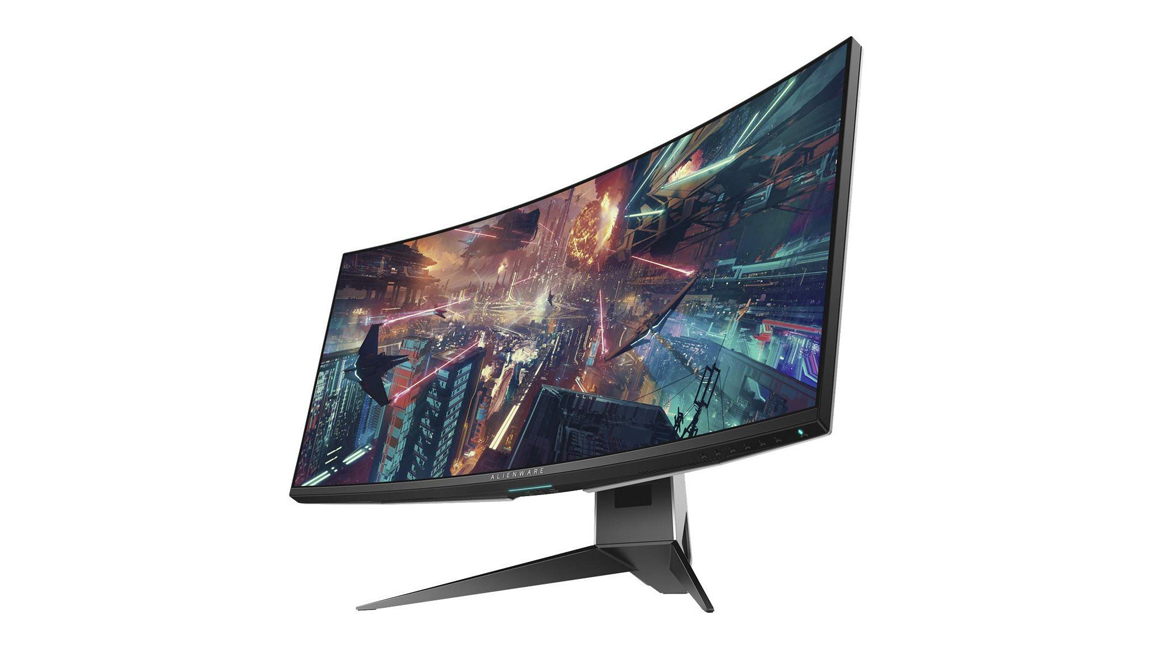
The Alienware AW3418DW is one of the few gaming monitors that deliver a level of immersion that only a 21:9 aspect ratio can, while also offering up a high refresh rate. With a dense 3,440 x 1,440 resolution, ridiculously fast 4ms response times and a speedy 120Hz refresh rate, this ultrawide monitor gives you the best of both worlds. All these features don’t come cheap though, so budget-minded gamers might want to look elsewhere or start saving up.
Read the full review: Alienware AW3418DW
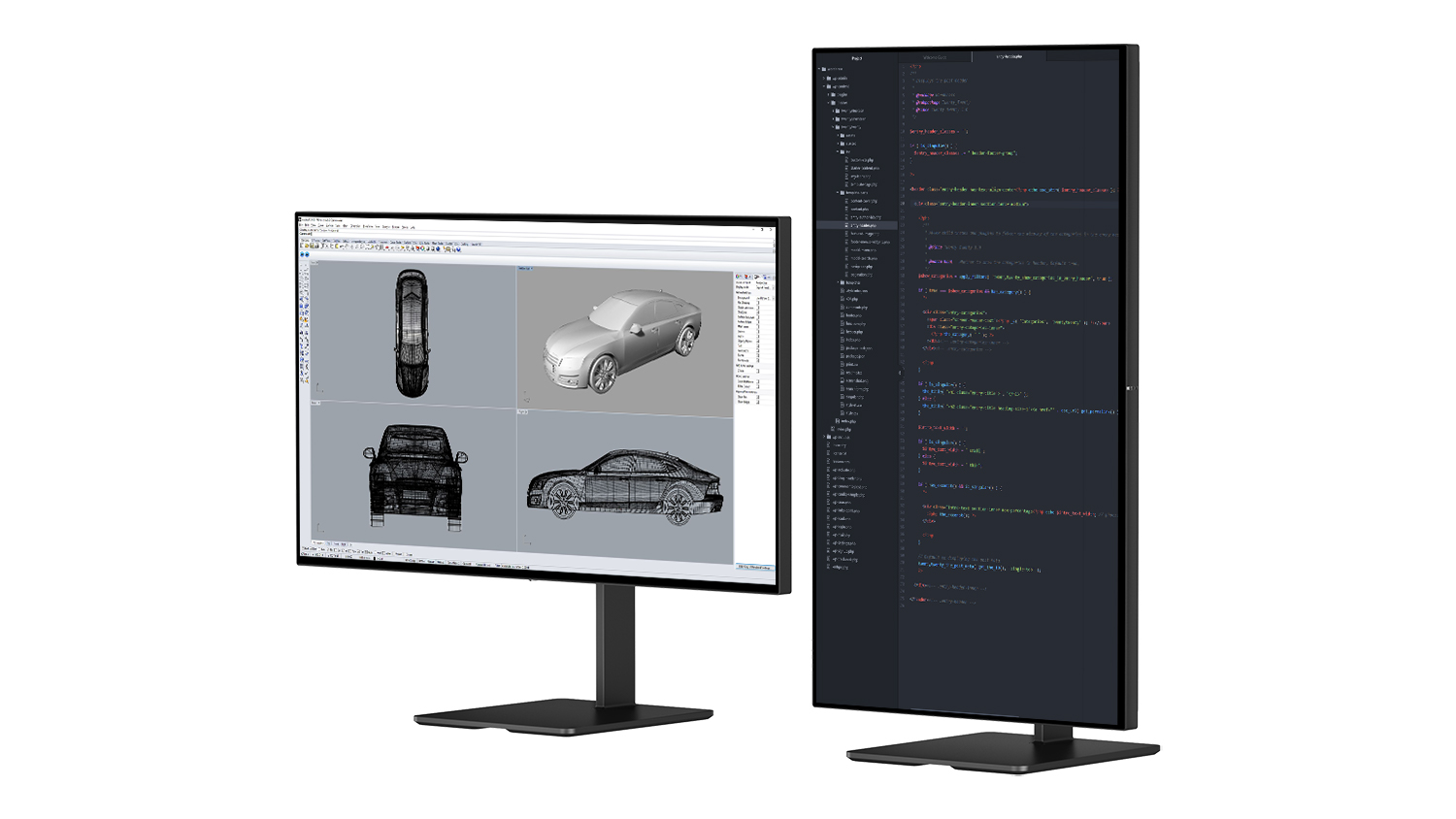
The Eve Spectrum 4K 144Hz monitor is an almost flawless 27-inch gaming display. It can handle up to 4K resolutions, be overdriven to a 1ms response time, as well as a 144Hz refresh rate for a highly detailed and speedy screen. On top of that, it comes with HDR10 and can reach a brightness of 750 nits. And, while the screen is a tad too reflective for our tastes and there are some issues with its auto source switching, it comes with all the ports you could ever desire.
Read the full review: Eve Spectrum 4K 144Hz (ES07D03)
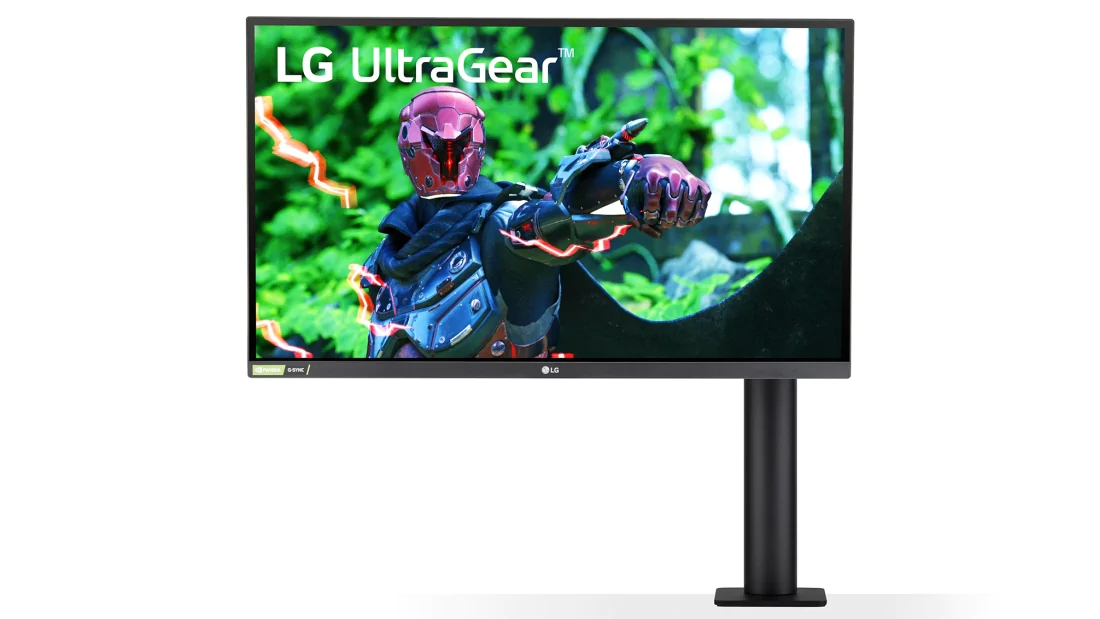
Ergonomics and extended color coverage meet gaming in LG’s newest offering. The UltraGear Ergo 27GN88A may target a niche market, but it ticks all the right boxes for many, especially those that want to enjoy fast 1440p gaming without getting something that’s heavy and takes up a lot of space. Plus, having something that clamps on to a wide range of surfaces as well as offers both extensive adjustability and clever cable management will ensure you can game for hours on end.
Read the full review: LG UltraGear Ergo 27GN88A
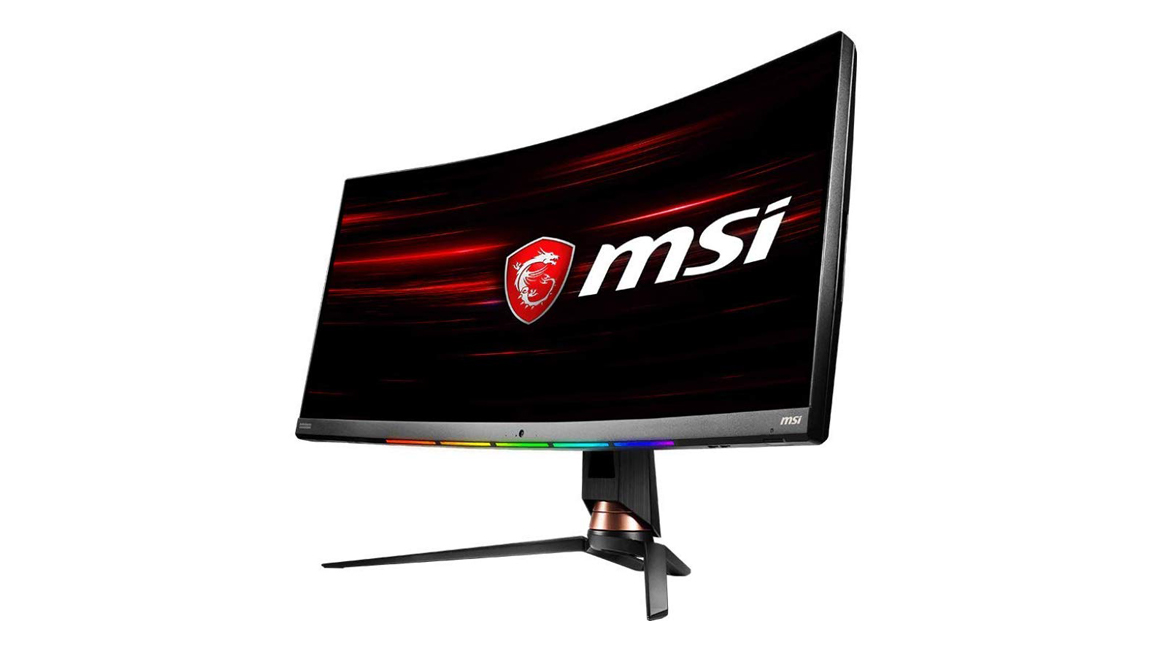
While all of its extra frills make the MSI Optix MPG341CQR an even more appealing selection for potential buyers, it does an outstanding job of standing out on its own. The use of VA rather than IPS panel technology, for one, is a welcome advantage, offering punchier colors and better contrast. Plus, its super-wide 1440p resolution and 144Hz refresh certainly give gamers an edge. The best part might be that this display is also reasonably priced, making it one of the best gaming monitors to consider in 2021.
Read the full review: MSI Optix MPG341CQR
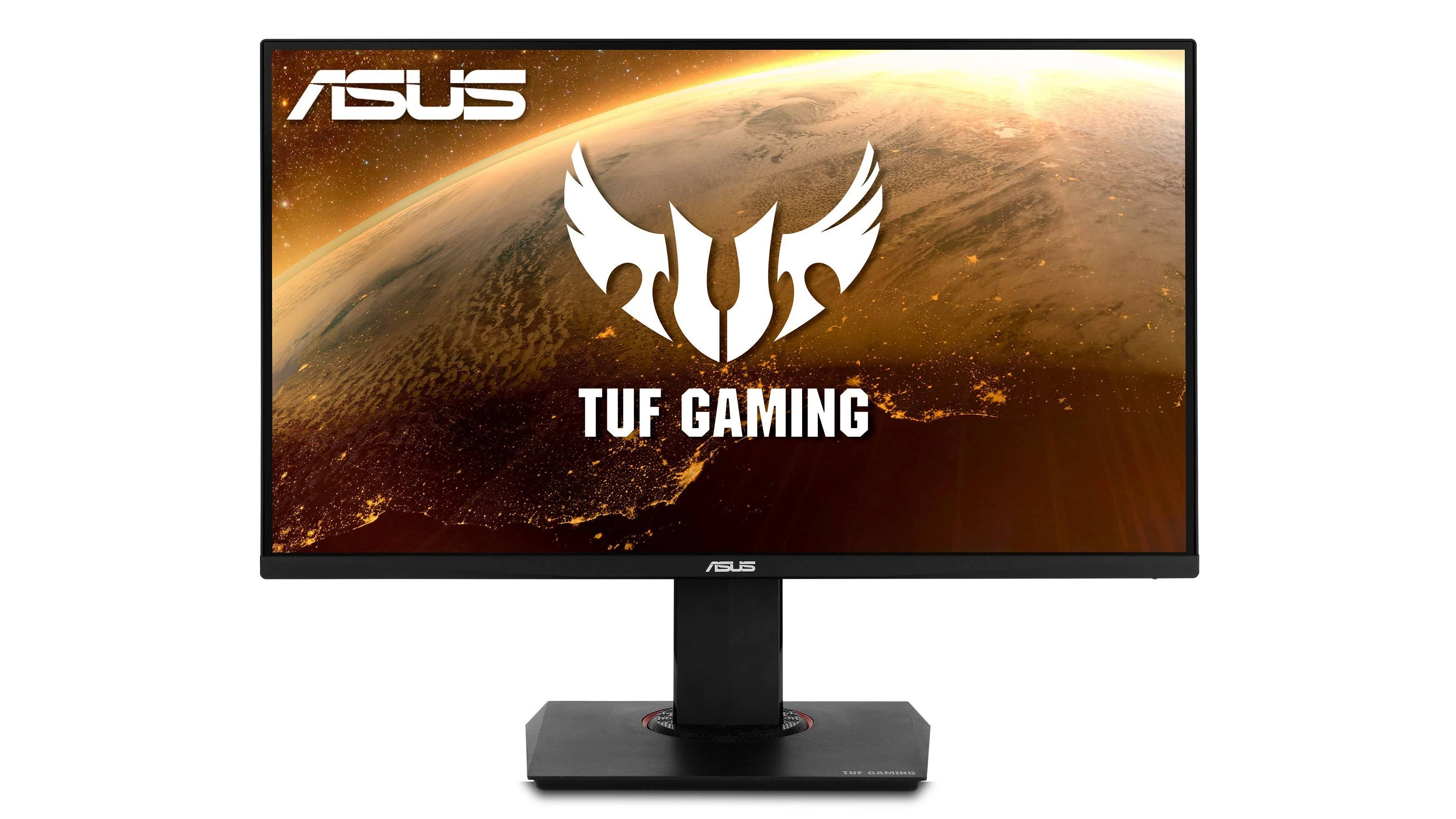
With the Asus TUF Gaming VG289Q, you’re getting a lot of value for your money – especially considering the small price of entry. One of the most affordable 4K gaming monitors right now, this 28-incher can swivel, pivot and tilt practically however which way you need it (within reason, naturally) to serve your purpose. It also has deliciously thin bezels and a nifty cable management solution, as well as a few display settings to boost your viewing experience. Thanks to its rich vibrant colors, super sharp image quality and a design that is only subtly gaming-centric, this is among the best 4K monitors not only for gamers but for regular users who consume a lot of visual media as well.
Read the full review: Asus TUF Gaming VG289Q
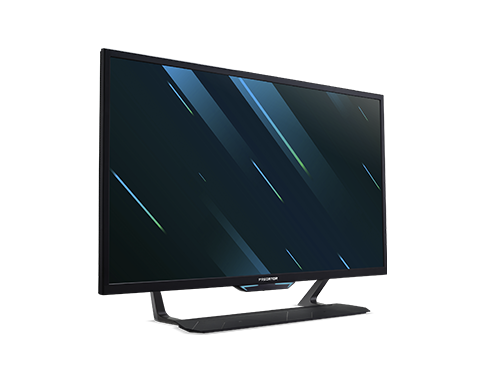
An epic gaming experience awaits you with Acer Predator CG7’s 43-inch screen, 4000:1 contrast ratio, 1ms response time and 120Hz refresh rate. To be fair, there are bigger and badder gaming monitors out there, but for some people – particularly, those looking for a TV with gaming-level specs, this one’s a winner. It’s got some extra features as well – namely, a remote control, icons on that stand to encourage game controller storage, and RGB lighting that can sync to your music and games – so you’re getting your money’s worth, even if you are paying for a lot.
Read the full review: Acer Predator CG7
How to buy the best gaming monitor in 2021
If in the market for the best gaming monitor 2021 has to offer, know that there are a few things to keep in mind before choosing which display should grace your desk.
You’ll want to familiarize yourself with the following terms and specifications to help guarantee that you’re getting the best gaming monitor that’s most ideal for you. It also means you won’t have to pay extra for additional features that you might not actually care about.
Screen size: When looking for a gaming monitor, one of the most important things to consider is the screen size. Larger display sizes can lead to more immersive gaming experiences as the game fills more of your field of vision, but you'll also have to make sure that you have the space to keep a large monitor. And, it goes without saying that the larger the monitor, the higher the price as well.
Aspect ratio: The aspect ratio of a gaming monitor helps determine the width and height of the display. Most widescreen monitors have an aspect ratio of 16:9, while older monitors have closer to a square format of 4:3 that might feel pretty out of date in 2021. Ultra-wide monitors with aspect ratios of 21:9 are rapidly growing in popularity, as they offer a wider view of your games, which is why many ultra-wides have made our list of the best gaming monitors 2021.
Resolution: One other critical factor to consider when searching for the ideal monitor for your needs is the resolution. The higher the number, the sharper the picture. You will, however, require a more powerful graphics card for anything over Full HD (1,920 x 1,080), even if many gaming monitors feature resolutions as high as 2,560 x 1,400 (WQHD) and 3,840 x 2,160 (4K).
Refresh rate: When you’re mostly looking to play Counter-Strike and other first-person shooters like it, refresh rate is even more vital. The higher the refresh rate, the more frames per second (fps) the monitor can support, leading to a considerably smoother gaming experience. A 60Hz refresh rate is still the most common in 2021, but refresh rates of 144Hz and even 200Hz are becoming more prominent – not to mention, more and more necessary.
Response time: An excellent gaming monitor offers low response times, which means you’re getting fast and fluid actions, with little to no input lag. The lowest response time for TN monitors (we’ll get to this in the next section) is 1 millisecond, whereas the newer IPS monitors typically have slower 4ms response times. When you’re playing games competitively, it’s vital to keep this number as low as you can in order to avoid latency.
Panel type: This is where things get a little technical. The type of panel a gaming monitor uses will largely contribute to its response time and image clarity. TN (twisted nematic) panels, which are often more affordable, have the lowest response times but usually don’t come with great viewing angles. IPS (in-plane switching) panels, on the other hand, have fantastic viewing angles and color reproduction, but usually have higher response times. Meanwhile, VA (vertical alignment) panels are between the two, although its slow response times makes these panels rare in the gaming world.
Viewing Angle: While most people play games right in front of their gaming monitor, this isn’t always be the case, particularly when there is an audience. A monitor’s viewing angles tell you what angle you can look at the monitor from and still make out a clear image. The closer these numbers are to 180, the better your viewing experience will be when standing further to either side of the monitor or looking at it from above or below.
G-Sync and FreeSync: You've probably noticed that many of the best gaming monitors in 2021 come with either G-Sync or FreeSync technology – sometimes even both. These help keep frames per second (fps) smooth, combat screen tearing and minimize input lag. G-Sync is developed by Nvidia, so it requires an Nvidia GPU. And, the tech is built into the monitor, which can bump up their price tag. FreeSync, on the other hand, was made by AMD. Since it is free to use by manufacturers, the monitors that have them are usually more economical.
Check out our HDR Explained video below.
- Looking for a more general monitor? Check out our list of the best monitors
from TechRadar - All the latest technology news https://ift.tt/3lXEKcG
via IFTTT








COMMENTS